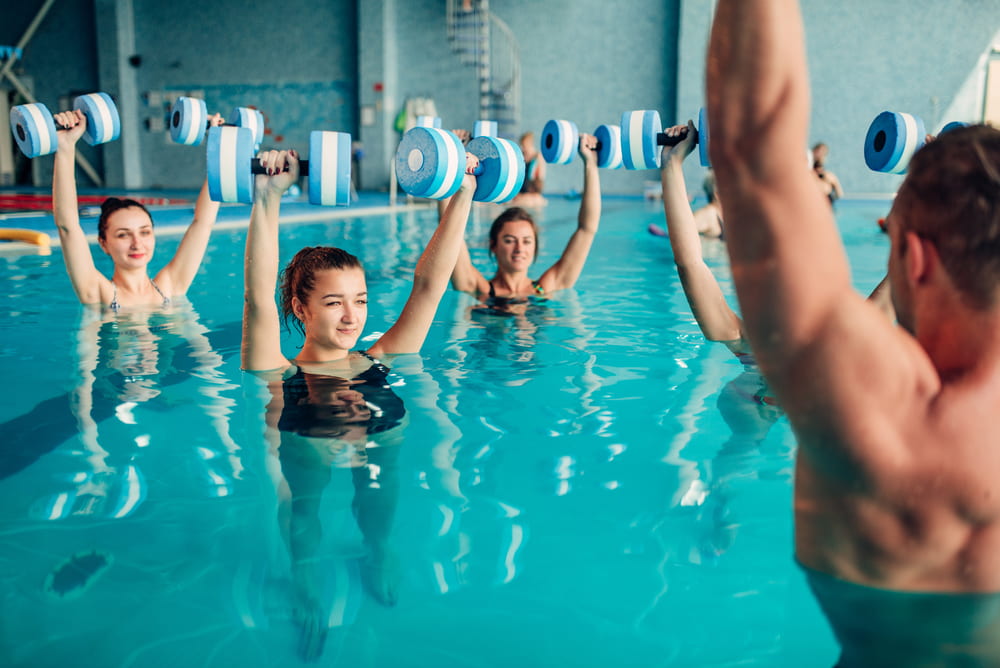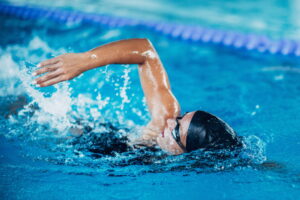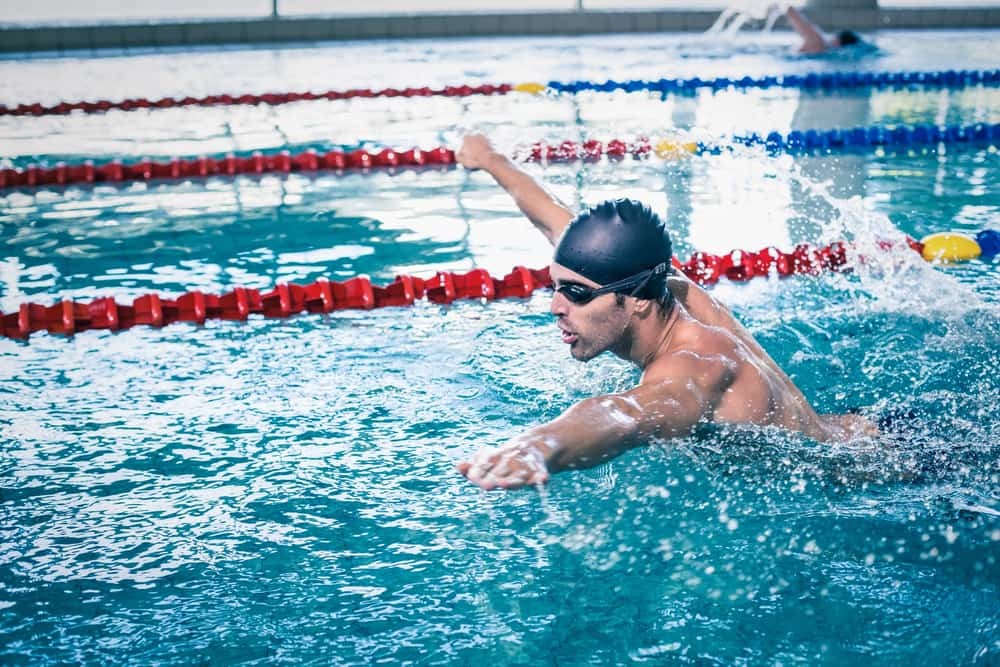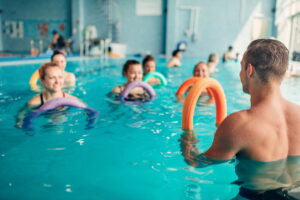3 Tips to Best Combine Weightlifting and Swimming

When building your muscle strength, you should be aware that there are some risks. Many professional trainers suggest combining heavy workout with some non-impact activities, such as stationary biking, walking, step machine, swimming, and water aerobics.
If you’re looking into improving your daily regimen, your best guess would be to search for a facility that hosts a fully equipped gym with a swimming pool in San Diego or anywhere else in CA. In the meantime, read on to find out the correct way to combine these two activities without putting your health at risk.
How do you combine swimming and weight training?
Some practitioners tend to plan both activities for the same day. However, keep in mind that there are many important differences between them. You cannot expect to do a full body workout and then complete a full swimming routine unless you’re feeling a bit adventurous. In the latter case, make sure you have someone to help you in case anything goes wrong.
Keep the following 3 points to properly combine weightlifting and swimming:
- Start swimming during your rest days. This will buy you some time until you improve your flexibility and coordination. You will also reduce the risk of injury or fatigue.
- Choose a plan and stick to it. Eventually, after you have included swimming during your rest days, start combining swimming and strength training the same day. This way, you will reduce the risk of fatigue and continue to increase your fitness level.
- Build endurance and practice breathing. This is a great way to boost the results and go for faster gains. Breathing lies at the core of true endurance, even if you’re already tired, it can help you push some extra boundaries.
Should you swim before or after gym?
Exercise enthusiasts practice both options and both come with some benefits and risks. Indeed, it all depends on what outcome you wish to achieve from working out. For instance, weightlifting appears to be beneficial for swimming and vice versa. Let’s take a look at some reasons how weight training can help you with swimming:
- It enhances your overall strength.
- It helps to reduce swimming injuries.
- It increases explosive power in the pool.
- It increases core strength.
As heavy weight lifting can facilitate some aspects of swimming, the latter is also known to be beneficial in muscle recovery after a more comprehensive workout. It’s also a widely used means to rehabilitate injured athletes and keep them fit.
Keep in mind that if you go swimming first, you’re likely to be too tired for the workout afterward. You are more likely to achieve better results, especially if you’re planning to burn belly fat, if you first go lifting weights and then swimming. If you’re exhausted, make sure that you first cool down and focus on treading water. Some professional athletes refer to it as “vertical swimming”, and it makes a great exercise for your legs and a survival technique when in open water.
Where can I find a fully equipped gym with a swimming pool in San Diego, CA?
When you’re in search of a healthy way to boost your fitness and achieve muscle growth, start by finding a suitable location – The Plunge. If you live in San Diego and the neighboring communities, you’re probably acquainted with many opportunities we have to offer. You’ll find us just a block away from the pleasant Bonita Cove. Call us today or drop by to book your monthly membership plan. Make the most of what we have to offer!


